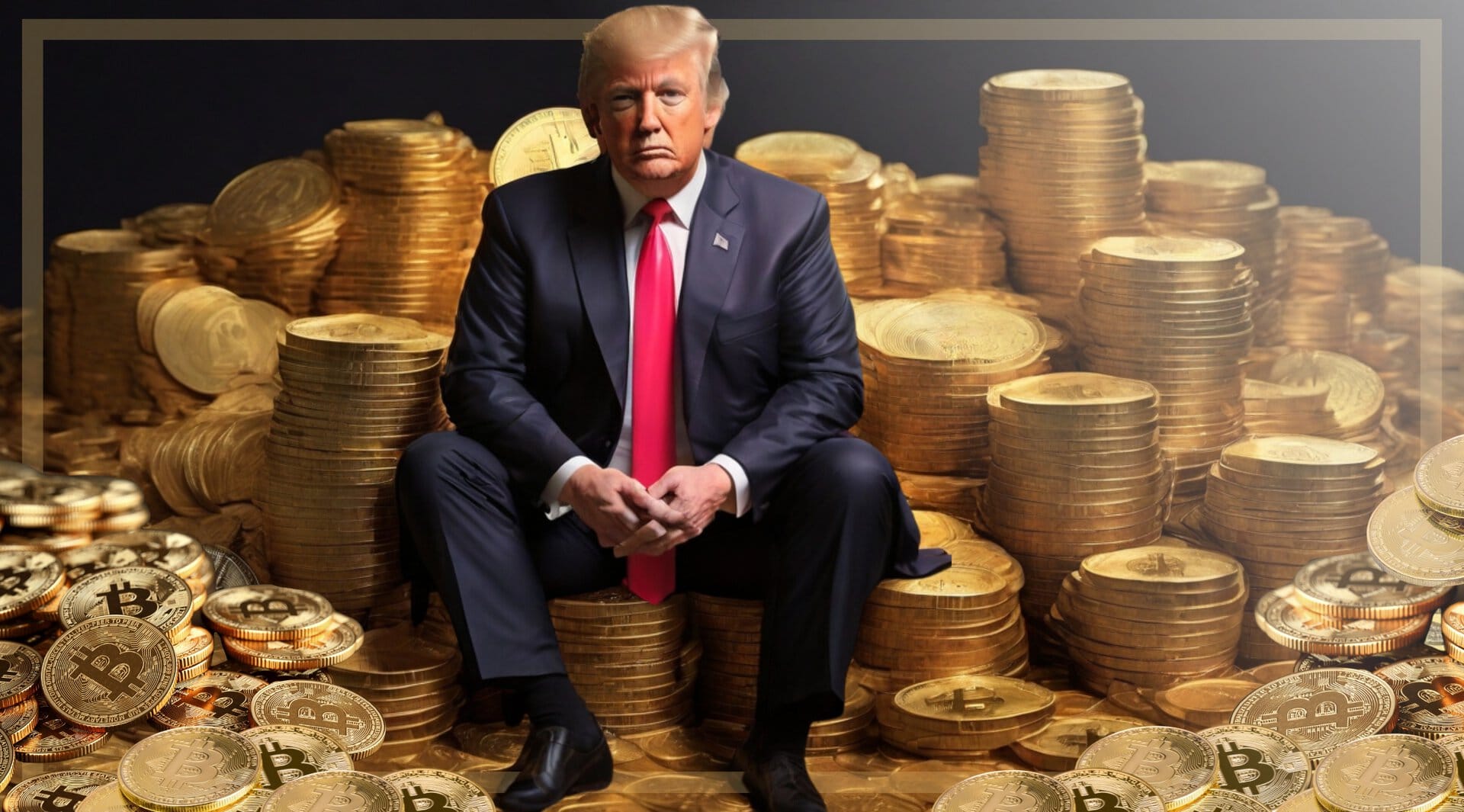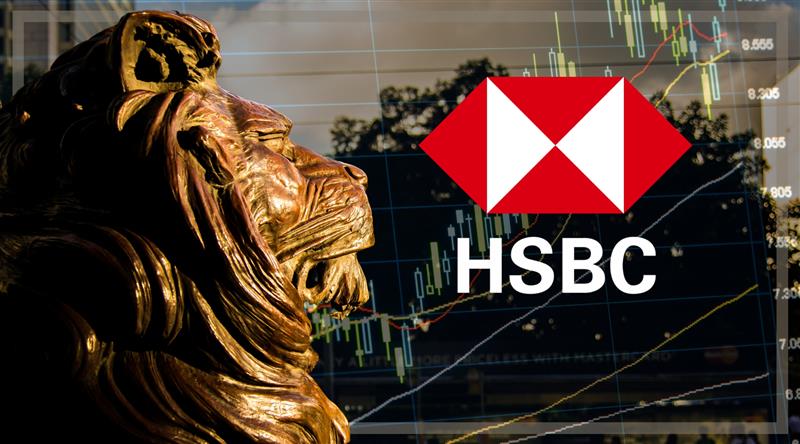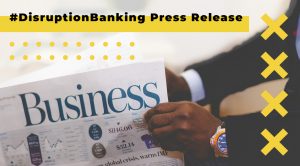The practice of quantitative finance used to be Western-dominated; the purview of globally established trading hubs such as New York and London. Even when major investment banks, hedge funds, and proprietary trading firms started to expand into Asia in the latter part of the last century, quant teams in Asia would still deploy mathematical models and quant programming strategies that had been developed and implement in and for Western markets.
Needless to say, as the economic rise of the “Asian Tigers” and other countries in the region has continued, the quantitative trading industry in the region has also exploded. Tommy Tan of TSS Capital in Singapore has been on the frontline of many of these changes. He has spent decades in finance, investment banking, and quantitative trading and has traded for over twenty years.
Tommy told Disruption Banking that he comes from an IT background – a career which made him fluent in C++ and Python and was therefore “very enabling for me” in his subsequent career as a quant.
“C++ is a fantastic tool that I have used for over 15 years and continue to use all the time – particularly for high-frequency trading,” he said. “Python is better for analysis and C++ is favourable for trading on a time horizon of just microseconds. But both have been integral to my career as a quantitative trader.”
Things you don’t need to start quant trading:
— PyQuant News 🐍 (@pyquantnews) September 18, 2023
• Complex algorithms
• PhD in math
• $10,000,000
Things you do need to start quant trading:
• A laptop
• A broker
• Python
Keep it simple.
These coding skills, along with his wider experience in finance and trading, helped Tommy develop a programme which is crucial for his trading strategy – what he calls “the psychoanalysis tool.”
“This tool helped me predict that the Great Financial Crash of 2008 was coming. My cycle analysis based on that particular tool has been very, very good in terms of forecasting. In 2007 it helped me see that something really bad was on its way and I managed to sell off most of my portfolio before the crisis hit,” he said. “When Covid hit and the market rebounded, I also thought that something more negative was going to happen in 2022-23 because of these cycles.”
Tommy believes that the practice of trying to market cycles has gone slightly out of fashion – he said that “not many people are using or talking about cycles these days.” The basic idea is that traders use different signals or indicators to identify what stage a market is at. Is it a bear or bull market? Is it a time of rising inflation or falling inflation? Higher interest rates or lower rates?
The psychological element which Tommy referred to is about using market trades and movements to predict what other people are thinking as a collective and therefore where the market might move. All of these forecasts and data can, in turn, help quantitative traders capitalise on opportunities or hedge themselves against risk accordingly.
"Trading and investment psychology as well as behavioral finance have evolved over the years, driven by advances in psychology, economics, and technology."https://t.co/SWzGXgm9Du
— #DisruptionBanking (@DisruptionBank) September 27, 2023
What is Tommy seeing on markets now? He is worried about the prospects for both of the world’s two largest economies, the US and China. “At the beginning of 2022, I was trading and working with a local family office in Singapore,” Tommy said. “My mandate was to buy stocks from markets in China and Hong Kong. My cycle started flagging that problems could be becoming; there was only a short window-period before the mass selloffs began.”
But it wasn’t just China that started to give him cause for concern. “I saw factors that suggested that, in the short-term, American stocks were going to suffer because of fundamentals in the American economy,” he said. “Everyone is now expecting a big crash, but I’m not sure it’s going to happen. During the Covid crisis, America printed about $6 trillion. During the Covid recovery they took between $600- 700 billion back to the central bank. But that still means we have over $5 trillion of newly printed money in the market. The market is essentially being supported by all this money that’s been printed.”
While Tommy is therefore relatively bullish on the short to mid-term prospects for the American economy, he does note that “the market has been strangely volatile – much more volatile than usual.” Partly because of this, he trades on a very short-term time horizon; an intra-day trader that seeks to take quick advantage of any market movements or discrepancies.
Today's extraordinary actions of the Federal Reserve can be boiled down to 2 sentences, @Neil_Irwin writes:
— The New York Times (@nytimes) March 23, 2020
—There's a developing shortage of dollars across the economy.
—The Fed will do anything it needs to, on any scale imaginable, to end the shortage. https://t.co/vAYHkBpluN
Over the long-term, Tommy believes that some interesting trends are at play. In particular, he argued that the restructuring of the global economic and political order, the shift in power from West to East, will have profound impacts on market. Tommy thinks that the recent expansion of the BRICS bloc is indicative of the shifts that are taking place:
“The BRICS group of developing economies recently expanded – South America, African, Asian countries are all seeking to join,” he said. “There will come a time where they need to come up with a certain currency and attempt to replace the US Dollar. That could mean that interest rates in the States will go up – America will need to offer higher rates to keep attracting traders to hold the greenback. In turn this could actually mean a stronger dollar on foreign exchange markets.”
“These are the kind of cycles and trends we’re going to see over the next 20-30 years,” Tommy noted. “And it could play out in interesting and unexpected ways.”
The five BRICS developing nations will admit Saudi Arabia, Iran, Ethiopia, Egypt, Argentina and the United Arab Emirates, they said, a move aimed at growing the clout of the bloc as it pushes to rebalance the prevailing world order https://t.co/2ha8YfpJ1L pic.twitter.com/woqvj3G4lw
— Reuters (@Reuters) August 24, 2023
For now, Tommy is relatively downbeat about where the market is headed in the final quarter of this year. “It seems to me that, because of the negative news in the market right now, it’s not looking so favourable for the next few months. After that, there will be a decent chance of a rally, but I can’t see it being a very strong rally.”
“It’s interesting times but the current outlook is bleak.”
Author: Harry Clynch















